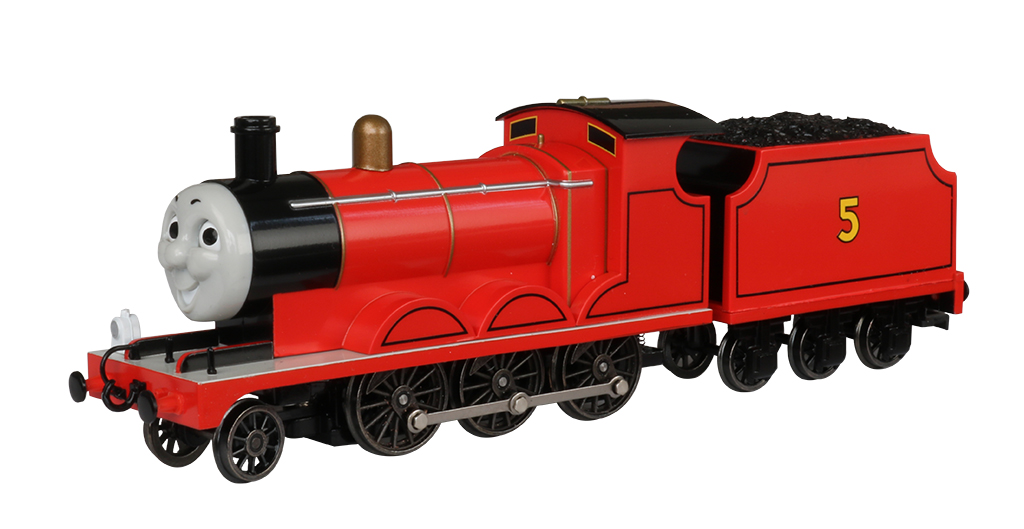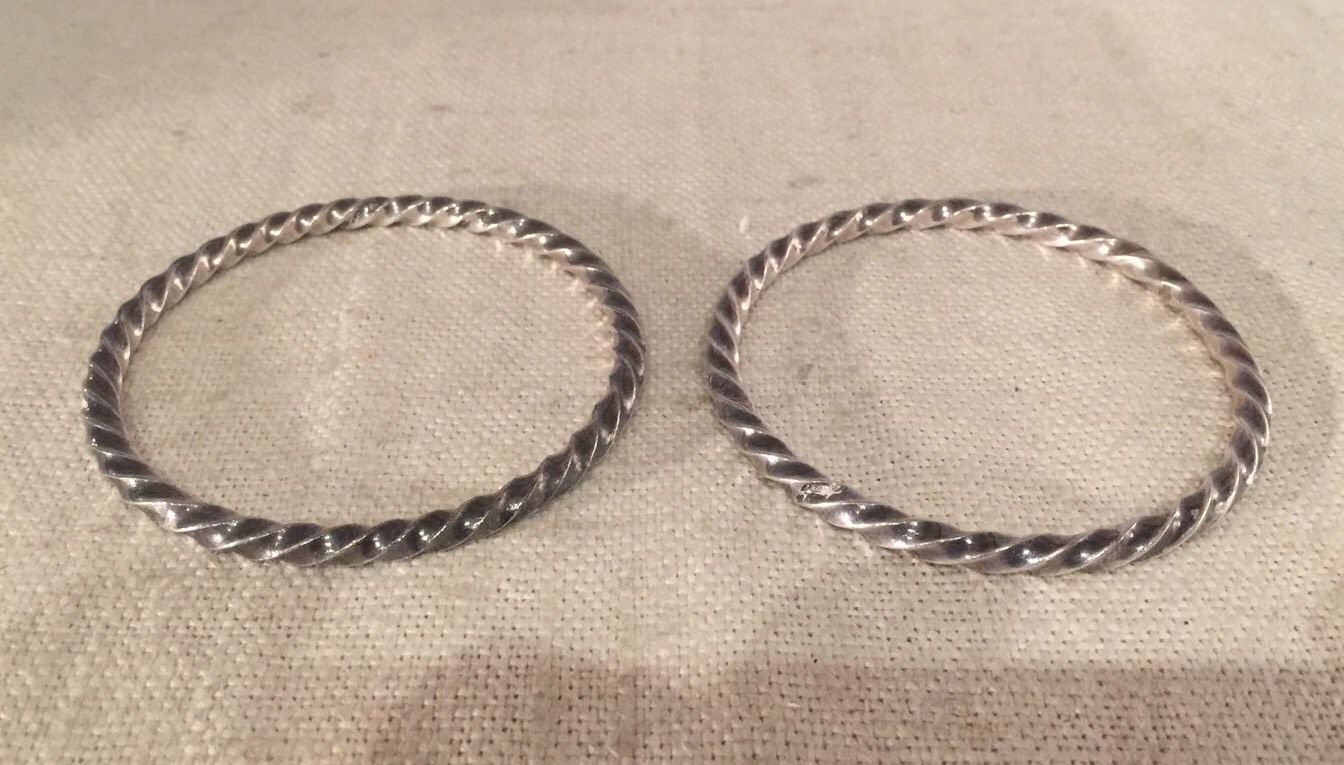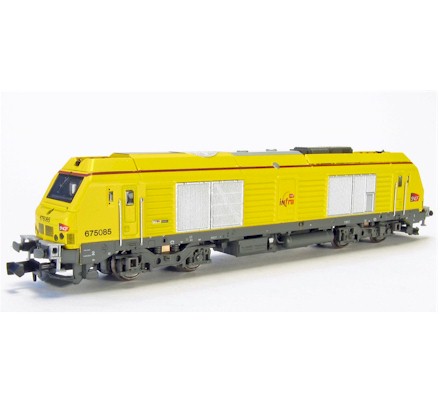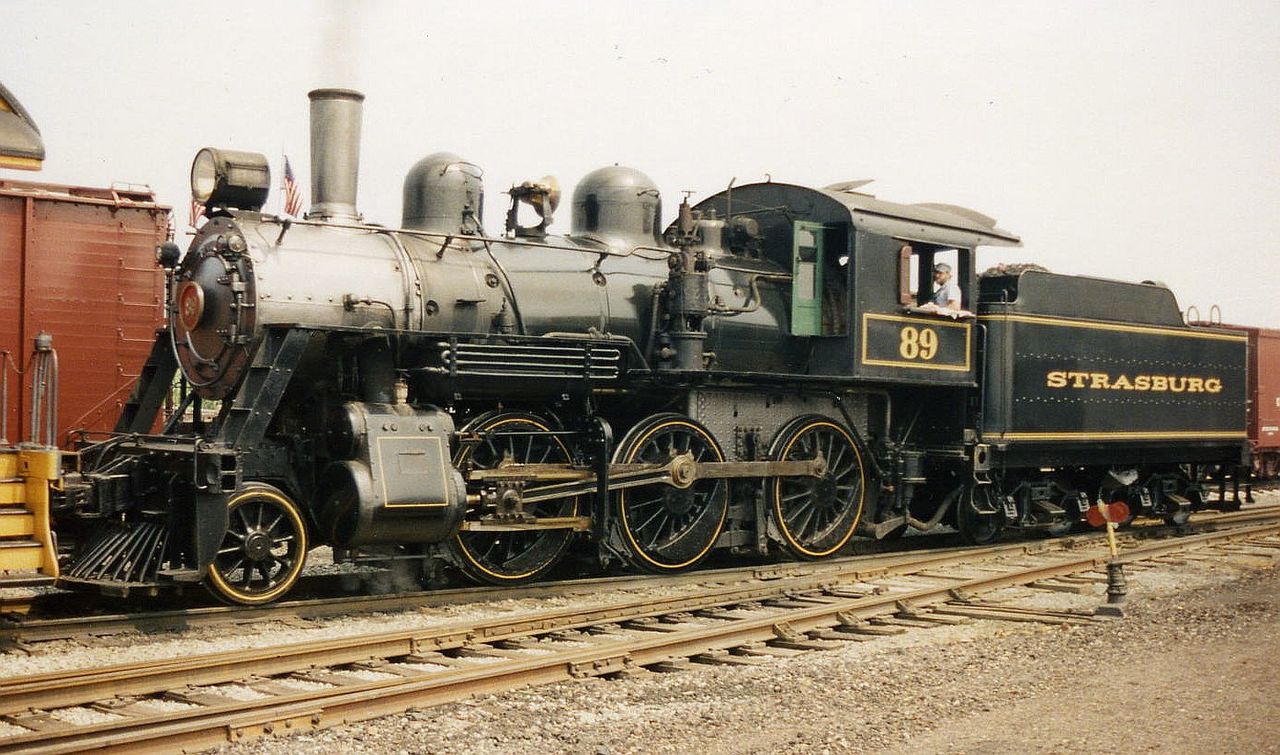Prototype History: Under the Whyte notation for the classification of steam locomotives, 2-6-0 represents the wheel arrangement of two leading wheels on one axle, usually in a leading truck, six powered and coupled driving wheels on three axles and no trailing wheels. This arrangement is commonly called a Mogul.
Although examples were built as early as 1852–53 by two Philadelphia manufacturers, Baldwin Locomotive Works and Norris Locomotive Works, these first examples had their leading axles mounted directly and rigidly on the frame of the locomotive rather than on a separate truck or bogie. On these early 2-6-0 locomotives, the leading axle was merely used to distribute the weight of the locomotive over a larger number of wheels. It was therefore essentially an 0-8-0 with an unpowered leading axle and the leading wheels did not serve the same purpose as, for example, the leading trucks of the 4-4-0 American or 4-6-0 Ten-Wheeler types which, at the time, had been in use for at least a decade.
It is likely that the locomotive class name derives from a locomotive named Mogul, built by Taunton Locomotive Manufacturing Company in 1866 for the Central Railroad of New Jersey. However, it has also been suggested that, in England, it derived from the engine of that name built by Neilson and Company for the Great Eastern Railway in 1879. From Wikipedia
Although examples were built as early as 1852–53 by two Philadelphia manufacturers, Baldwin Locomotive Works and Norris Locomotive Works, these first examples had their leading axles mounted directly and rigidly on the frame of the locomotive rather than on a separate truck or bogie. On these early 2-6-0 locomotives, the leading axle was merely used to distribute the weight of the locomotive over a larger number of wheels. It was therefore essentially an 0-8-0 with an unpowered leading axle and the leading wheels did not serve the same purpose as, for example, the leading trucks of the 4-4-0 American or 4-6-0 Ten-Wheeler types which, at the time, had been in use for at least a decade.
It is likely that the locomotive class name derives from a locomotive named Mogul, built by Taunton Locomotive Manufacturing Company in 1866 for the Central Railroad of New Jersey. However, it has also been suggested that, in England, it derived from the engine of that name built by Neilson and Company for the Great Eastern Railway in 1879. From Wikipedia
Brand/Importer Information: Bachmann Industries (Bachmann Brothers, Inc.) is a Bermuda registered Chinese owned company, globally headquartered in Hong Kong; specializing in model railroading.
Founded in Philadelphia, Pennsylvania, the home of its North American headquarters, Bachmann is today part of the Kader group, who model products are made at a Chinese Government joint-venture plant in Dongguan, China. Bachmann's brand is the largest seller, in terms of volume, of model trains in the world. Bachmann primarily specializes in entry level train sets, and premium offerings in many scales. The Spectrum line is the high quality, model railroad product line, offered in N, HO, Large Scale, On30, and Williams O gauge all aimed for the hobbyist market. Bachmann is the producer of the famous railroad village product line known as "Plasticville." The turnover for Bachmann model trains for the year ended 31 December 2006 was approximately $46.87 million, a slight increase of 3.36% as compared to 2005.
Founded in Philadelphia, Pennsylvania, the home of its North American headquarters, Bachmann is today part of the Kader group, who model products are made at a Chinese Government joint-venture plant in Dongguan, China. Bachmann's brand is the largest seller, in terms of volume, of model trains in the world. Bachmann primarily specializes in entry level train sets, and premium offerings in many scales. The Spectrum line is the high quality, model railroad product line, offered in N, HO, Large Scale, On30, and Williams O gauge all aimed for the hobbyist market. Bachmann is the producer of the famous railroad village product line known as "Plasticville." The turnover for Bachmann model trains for the year ended 31 December 2006 was approximately $46.87 million, a slight increase of 3.36% as compared to 2005.
Item created by: CNW400 on 2021-02-08 14:37:59. Last edited by gdm on 2023-05-30 08:29:18
If you see errors or missing data in this entry, please feel free to log in and edit it. Anyone with a Gmail account can log in instantly.
If you see errors or missing data in this entry, please feel free to log in and edit it. Anyone with a Gmail account can log in instantly.










